We are conflicted about snow in cities. With the first storm of the season, the city becomes silent, bright and spatially renewed — the snow absorbs the sounds of traffic, reflects the low winter sun, and makes irrelevant the signs that warn “Keep off the grass” or “Stay on the path.” Yet we react to the new-found peacefulness by combating the fresh snow, by salting roads and sidewalks and revving up noisy plows and diesel blowers. In cities we constantly push around the snow — we move it out of our way, shovel and plow and mold it to ease our commutes and comply with regulations. It is contradictory: we react to the serene landscapes of new-fallen snow with loud and mechanized aggression.
No wonder that we have responded with so little creativity to the poetic presence of snow.
Only the kids know better! Few architects and urban planners have considered the aesthetic, spatial or ambient qualities of the accumulation, organization and distribution of snow — at least at any scale larger than that of a backyard, balcony or building entrance. Usually we heed only practical concerns, such as safety or energy efficiency. Probably snow is the only easily available natural material that is not regularly shaped by architects and planners. Perhaps this is because we tend to perceive winter as a temporary season. In our mind’s eye summer is the everlasting condition; we live in a “summer mindset.” The lawn is an urban material; the snowfield is not. So I would like to counter this with the proposal that we focus not just on summer’s green spaces but also on winter’s white spaces.
I took the photographs in the accompanying slideshow last winter, at various parking lots located throughout Buffalo, New York. As these images show, even everyday plowing practices — practices with no artistic or design ambitions — have the capacity to transform snowed-in parking lots into beautiful winter gardens. These images of unintentional snow landscapes, of landscapes blanketed with whiteness, resonate with my current design research project — an exploration of what I call “blank architecture,” or architecture that might initially seem blank, but that can be spatially and/or psychologically appropriated and transformed by users. The goal of this photo-documentation is to show how standard plowing techniques can become creative tools for generating winter landscapes and in this way spark a new public appreciation for snow-blanketed urban spaces. We might see these utterly banal parking lots as project prototypes. The white parks that I envision could be easily constructed: plowing master plans would carefully locate the snow mounds, and the resulting designs would artistically exploit the spatial conditions defined by these usually overlooked piles of snow.
In winter, an artfully shaped snow landscape could become a “whitesward” — underscoring the now obscured potential for plowing to positively transform public space. Such a white landscape could be considered a “snow observation ground” to encourage people to appreciate the snow and its accumulation, and to dispel the negative impressions and experiences that our combative approach has produced. In a list he compiled for Places many years ago, of subjects he thought worthy of exploring in the journal’s pages — see “In no order whatsoever” — Kevin Lynch suggested: “How to pile up snow in interesting ways, or to decorate it or color it, with an appendix on ice palaces.” As the accompanying images suggest, these white fields are already interesting spaces, capable of exciting the imagination and of encouraging us to find new “interesting ways” to pile up snow.

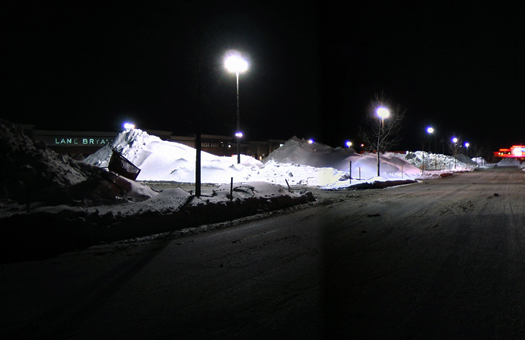
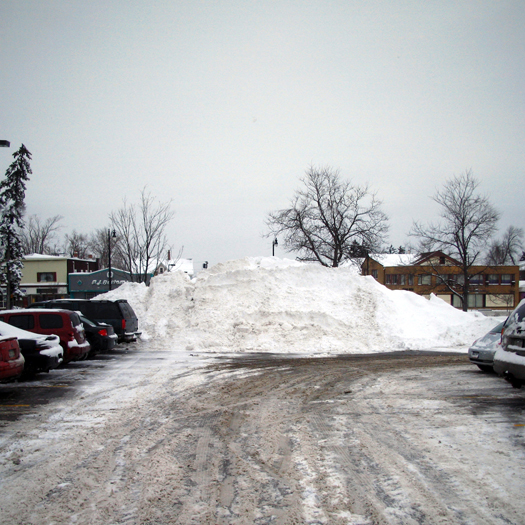
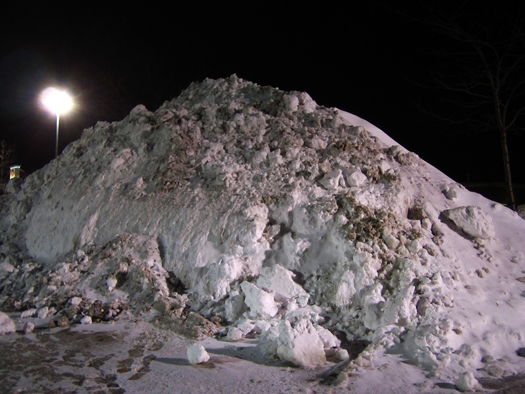
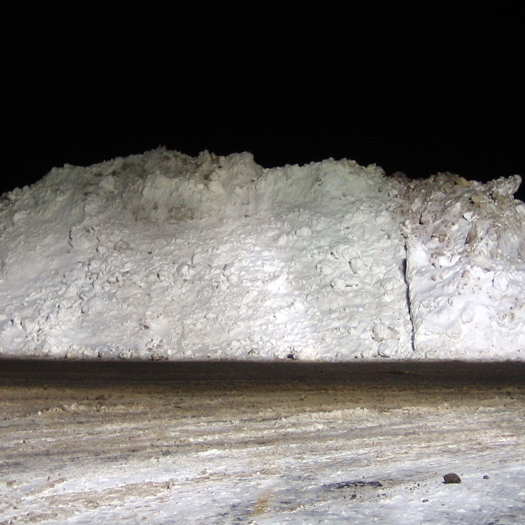
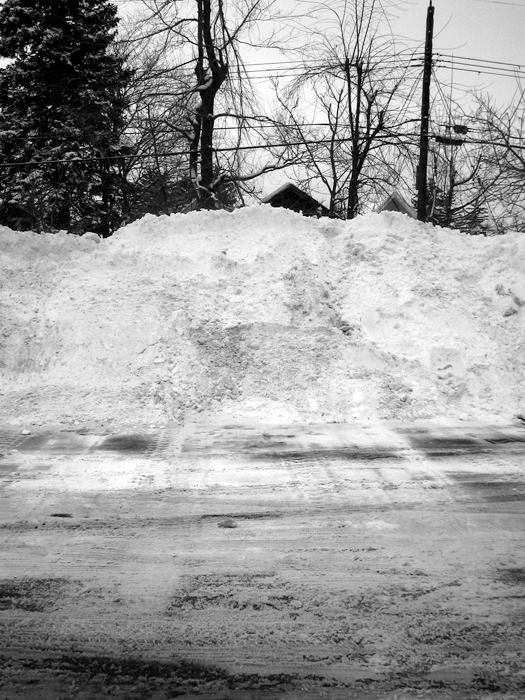
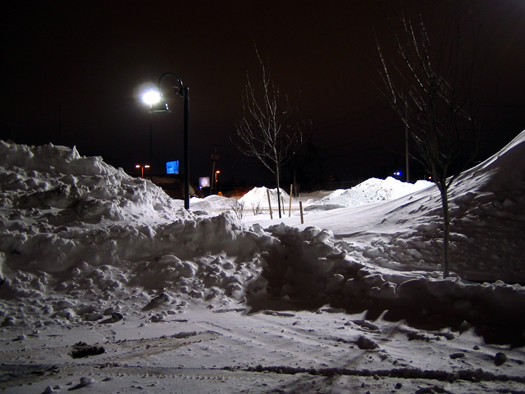
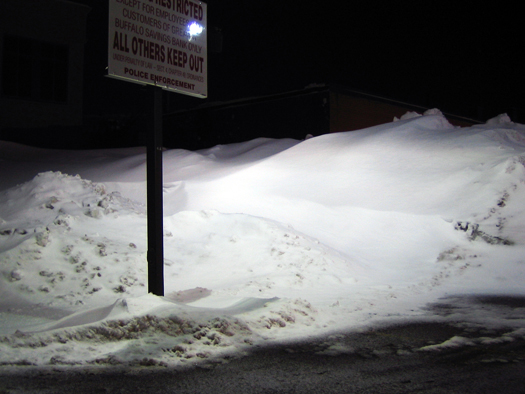
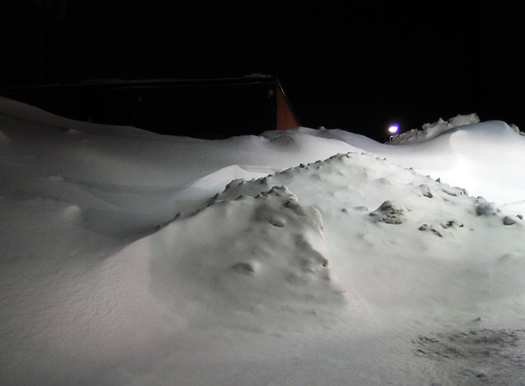
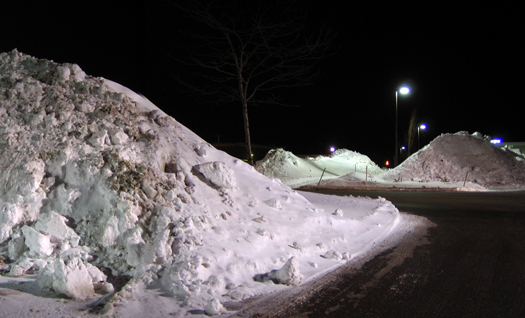
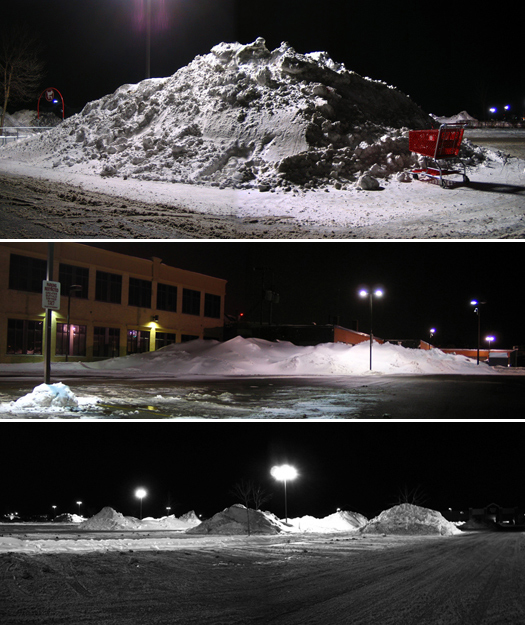
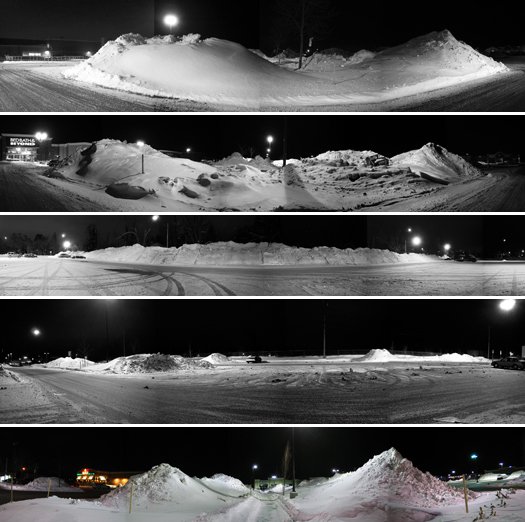




Comments are closed. If you would like to share your thoughts about this article, or anything else on Places Journal, visit our Facebook page or send us a message on Twitter.